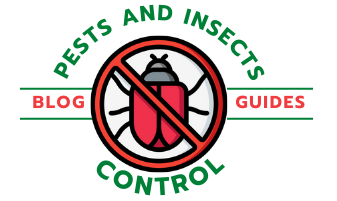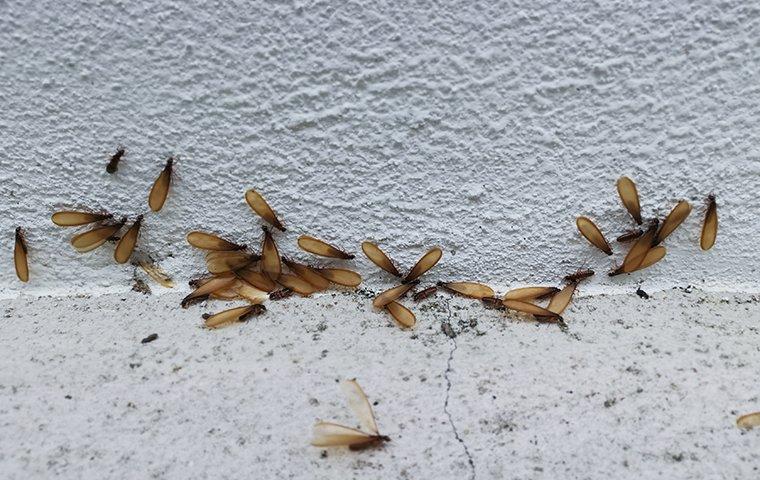How to tell if you have termites in your walls, we will consider in our article.
Tiny pinholes on the walls
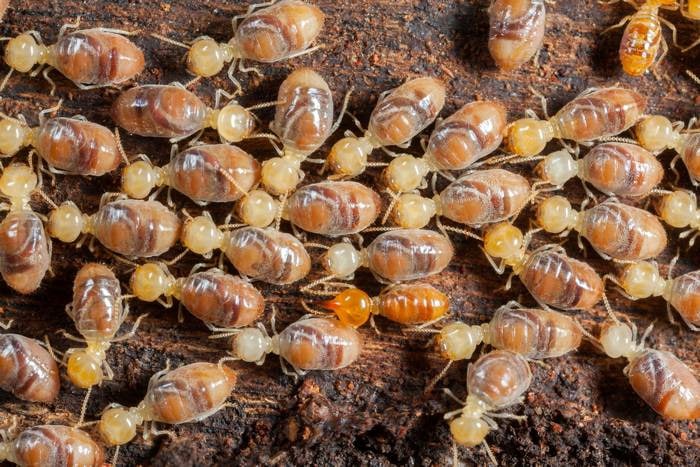
Are one of the most common signs of termite activity. These tiny holes are where the termite infestation have been tunneling through your walls and eating away at the wood, creating a trail of destruction. If you notice these pinholes or suspect there may be more, it’s important to take action as soon as possible to prevent further damage from occurring.
Other telltale signs of termite infestation include squeaking or crunching noises coming from the walls, small piles of sawdust near baseboards, mud tubes in crawl spaces and along walls, damaged wood that appears to be crumbling, and wings or discarded exoskeletons from swarming termites.
If you notice any of these signs, it’s important to reach out to a professional exterminator right away. They may be able to provide a more thorough inspection and treatment plan to eliminate the termites from your home.
In addition to the visible signs mentioned above, you can also contact an expert for a termite inspection if you notice any changes in temperature.
Cracks On The Baseboards And Floors
If you notice any cracks in your baseboards or floors, it could be a sign of termites. Termites are notorious for tunneling through wood and creating small pathways, which can cause the wood to split or crack over time.
These cracks may also appear on window frames, walls or doors. It’s important to look out for these signs and contact a professional exterminator if you notice anything out of the ordinary.
If you think you may have termites in your walls, it’s important to take action as soon as possible.
Mud tubes on walls
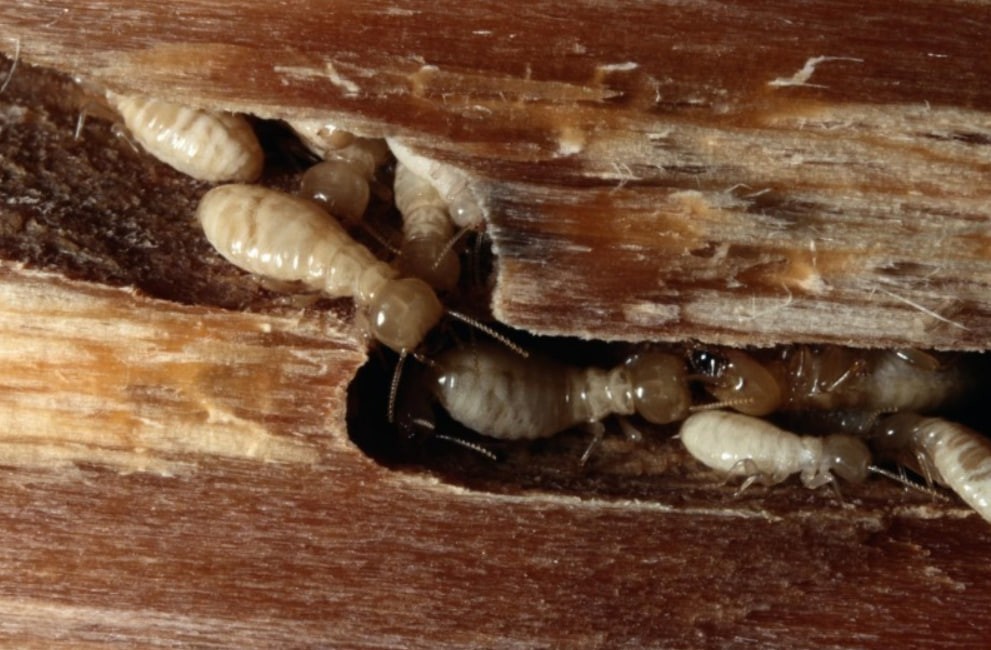
Another sign of subterranean termite activity is the presence of mud tubes on your walls. These are small tunnels made from soil, wood and saliva which subterranean termites use to travel through the walls and access a food source.
If you notice any mud-like substances around the baseboards or along the walls, you should take this as a sign that subterranean termites may be present in your home and reach out to an exterminator right away. The sooner you address the problem, the less damage they can cause.
By taking action now and being aware of the signs of subterranean termite activity, you can prevent further destruction from occurring in your home.
Eliminating subterranean termites from your home is essential to prevent further damage from occurring, so take action now to protect your property.
Doors or windows lose grip with the walls
If you notice that your doors or windows are slowly detaching from the walls, it could be a sign of subterranean termite activity. Subterranean termites often feed on wood, which can cause structural damage to floors, walls and door frames over time.
Often, termites in attic spill over into the house, so it’s important to keep an eye on all of your areas, including non-residential areas.
If you observe any changes in the grip of your doors and windows with the walls, it could be a sign of subterranean termites and you should contact a professional exterminator for an inspection.
Swarming termites

If you notice swarms of winged insects around your windows or near the walls, these could be subterranean termites. Subterranean termites communicate and mate by swarming in large groups, which is a telltale sign of their presence.
If you notice any swarms in or around your home, take it as a sign that subterranean termites may be present and contact an exterminator right pest control specialist.
Termite dust at the walls’ base

Another sign of subterranean termite activity is the presence of dust at the base of your walls. Termites often kick out sawdust when they build subterranean colonies, which can accumulate near doorways and windows.
If subterranean termites are living in your walls, it’s likely that they will cause temperature changes in the area. Subterranean termite colonies create tunnels to travel through, which can hinder the natural insulation of your home.
Temperature changes
If you notice that the temperature in certain areas of your home is warmer or colder than usual, it may be a sign of termites.
By being aware of the signs of subterranean termite colonies, you can take action quickly to protect your home from further damage.
Wall Paints Are Failing Off
If you notice that the paint on your walls is starting to peel off, this could be a sign of drywood termites. Because drywood termites consume the wood in which they live and feed, they can cause damage to your walls. This includes peeling off the paint or leaving dry patches where their feeding has caused areas to thin.
Is there a termite cocoon?
If you notice termite cocoons around your home or in the attic, this could be a sign of an infestation. Termites use termite cocoons as protection from predators and as a way to transport termites from one place to another. If you find any termite cocoons in or around your home, termite problem.
Natural Termite Predators
If you’re concerned about the presence of termites, there are certain natural predators that can help control them. Ants, spiders and beetles are known to termites eat and can work in tandem with chemical treatments or baiting systems to keep termite infestations at bay.
While these predators alone may not be enough to completely get rid of termites, having them around can help keep your home free from a full-blown infestation.
By being aware of the signs of subterranean and drywood termite colonies, you can take action quickly to protect your home from further damage. Regular inspections are important as well to make sure that any termite infest.
An empty hollow sound when you tap on the wall
If you tap on your walls and hear an empty hollow sound, it could be a sign of termite activity. This is because the wood in your walls may have been weakened by termites tunneling within them. Swarmer Termites Flying Out of Your WallsIf you notice swarmer termites flying out of your walls, there’s a good chance that this means the colony has already established itself and is starting to spread.
This could mean that significant damage is already done to your home’s structure, so it.
Common signs of termites nesting in a house. What should you look out for?
Include cracked or bubbling paint, hollow-sounding wood when tapped and the presence of termite droppings known as frass. If you recognize these signs of an infestation, it’s important to fix the problem immediately before further damage can occur.
Reach out to a professional exterminator for assistance in identifying the species of termite in your home and creating a customized treatment plan to fix the termite damage. With the right plan in place, you can fix termite damage and prevent future infestations.
Having knowledge of the signs of subterranean and dry wood termite activity is essential for homeowners so that they can take action quickly if an infestation occurs.
Repairing termite damage
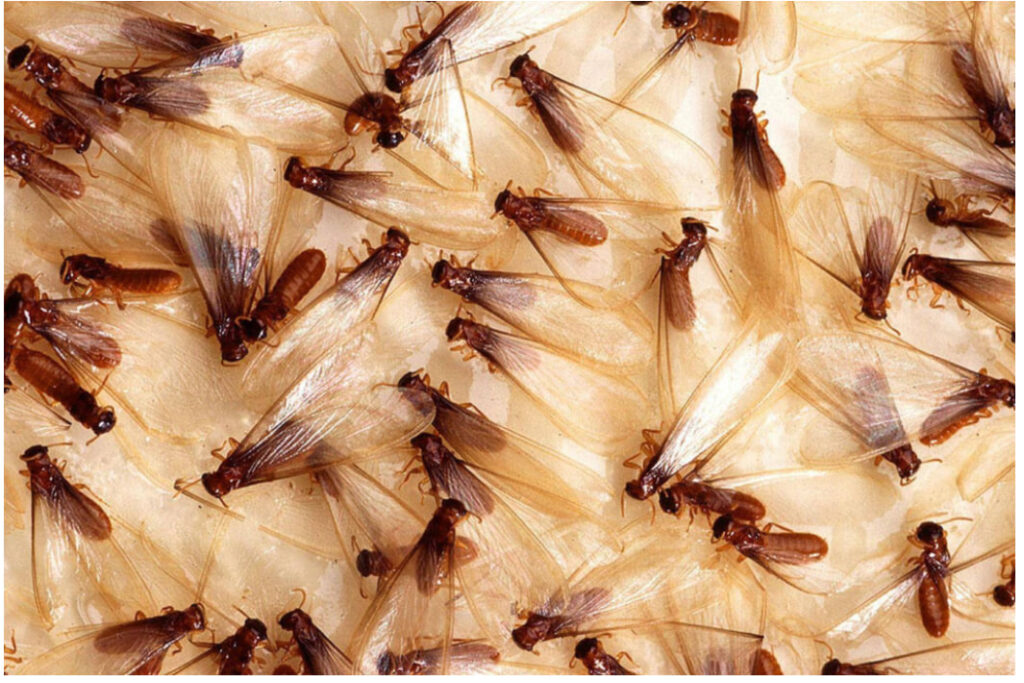
This will help ensure that all of the damage is properly contained and repaired. It also helps to take preventative steps like eliminating water sources near your home, using physical barriers like sand or stones around your foundation, and ensuring that all wood used in construction has been treated with a borate-based solution. By taking these precautions, you can help protect your home from future infest.
Winged termites
Winged termites are a common sight during spring and summer months. They swarm around lights at night, often in huge numbers, as they search for mates and suitable places to establish new colonies. Have an incredible capacity to establish themselves quickly and take over your home if you don’t take the necessary steps to control them.
The first step to take is to identify the source of the issue: where are the termites coming from? Usually indicate a thriving colony located within your home, so it’s important to locate it and get rid of it.Once you have found the source, there are several treatments available depending on the size and complexity of your.
Ants near walls
If you notice ants near your walls, it could be a sign that termites are active inside them. Carpenter ants and termites often work together to find food sources and provide protection from predators, so the presence of ants can indicate an active termite infestation.
Questions
How to tell if you have termites in your walls?
To get rid of active termites in your walls, you should contact a professional exterminator. They will be able to accurately identify the species of pest and create a customized treatment plan that can help eliminate active colonies and restore wooden structures damaged by termites.
Common treatments include chemical treatments, baiting systems, and natural predators such as ants, nematodes, and fungi that can help control active infestations.
Additionally, it is essential to take preventative measures such as removing water sources near your home, using physical barriers around the foundation of your house, and treating all wood used in construction with a borate-based solution. Taking these steps will help protect your home from future inf.
What does it sound like if you have termites in your walls?
If you have termites in your walls, there are a few common signs to look for. You may notice mud stains on the wall near where the termite colony is located as well as small tunnels and mud tubes used by termites to move from one area of the home to another. Additionally, tapping on wood that has been weakened by termites may produce a hollow sound.
By familiarizing yourself with potential signs of termite infestations and acting quickly upon seeing them, you can help prevent extensive damage to your home and ensure that all termites have been eliminated. With the right plan in place, you can fix termite damage and protect your home from future infestations.
Taking a proactive approach to preventing termite infestations is essential for homeowners so they can keep their homes safe and sound.
